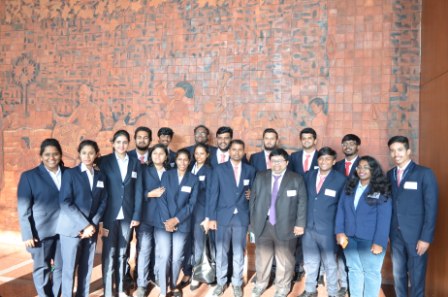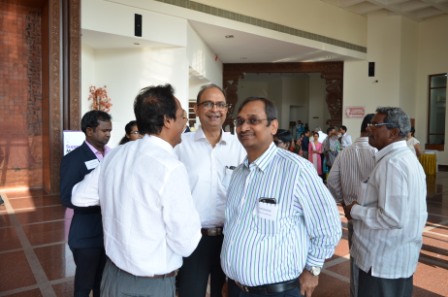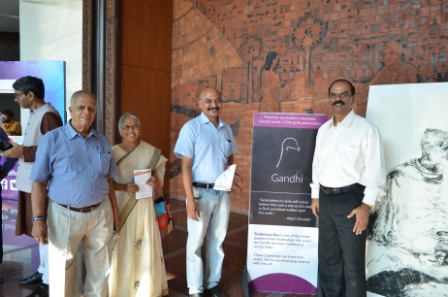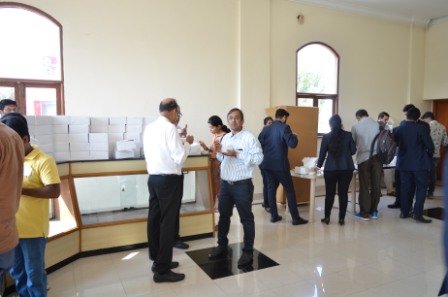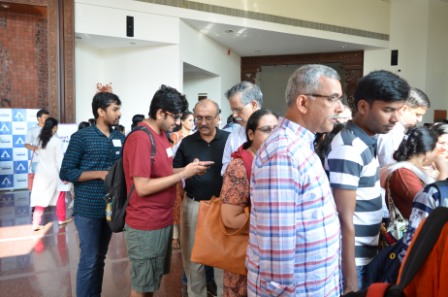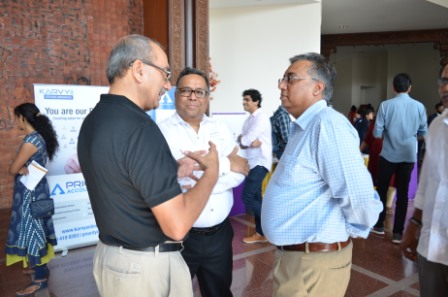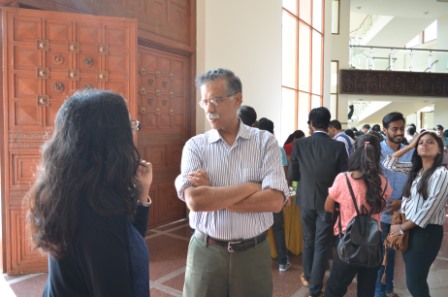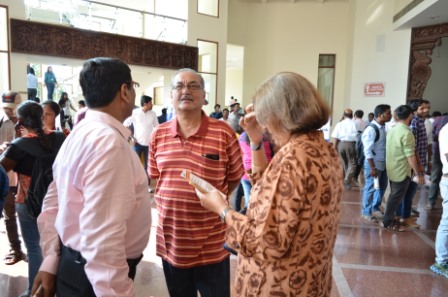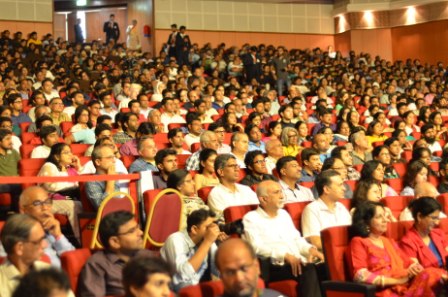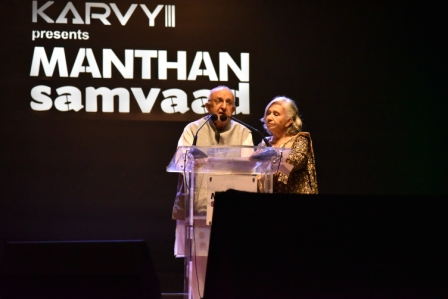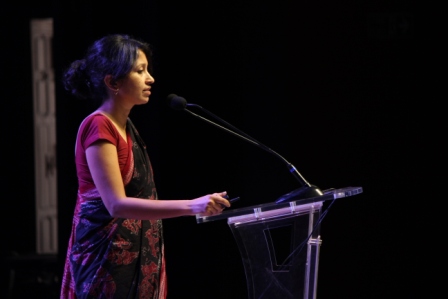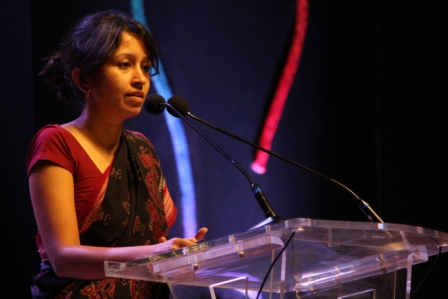The Talk
The excessive emission of greenhouse gases into the atmosphere due to human activity has already resulted in a 0.8 to 1.2 deg C rise in global temperatures above temperatures in preindustrial times. A scientific consensus about this phenomenon prompted the creation of the United Nations Framework Convention on Climate Change (UNFCCC) in 1992, which attempted to garner global political support to take action to prevent serious and irreversible damage to earth’s climate system. The 197 signatories to the UNFCCC have agreed to protect the climate system from the adverse effects caused by human activities, for present and future generations. The Kyoto Protocol that came into effect in 1998, was an attempt to concretely operationalize the principles of the UNFCCC.
The Protocol has effectively ended in 2015, although there is some informal extension under which developed countries are still supposed to take action to mitigate climate change. In 2020, a new agreement that represents a consensus on climate action, i.e. on mitigation, adaptation, finance etc., will come into effect. This agreement was signed by parties to the UNFCCC in the December of 2015 in Paris and is known as the Paris Agreement. As of 15 July, 2018, the Paris Agreement has been ratified by 179 of the 197 Parties to the UNFCCC.
The Paris Agreement signals a commitment to keeping temperature rise to “well below 2°C” from preindustrial levels and, in fact, “pursuing efforts to limit temperature rise to 1.5°C above preindustrial levels”. This goal is to be achieved through the self-determination of mitigation efforts by each country, viz. Nationally Determined Contributions (NDC), which will be monitored and reviewed from time to time. However the post-Paris negotiation process has been dealt a major setback with the US President signaling the withdrawal of the United States from the Agreement. Even without this setback however, there is definitely a gap between the two most important aspects of the Paris Agreement, viz. the global target for limiting temperature rise and the self-determined mitigation commitments by individual countries. A global target for restricting temperature rise to below 1.5 or 2 deg. C implies in scientific terms a cap on the total carbon that can be emitted into the atmosphere. On the other hand, the sum total of the mitigation commitments put forward by each country may be well beyond the emissions allowed to the world to restrict temperature rise to a specific level. This is in fact true at the present juncture as the emissions reductions proposed by countries in Paris are well short of what is required to restrict temperature rise to below 2 deg. C, let alone 1.5 deg. C. In addition to this, parties (i.e. countries) are under no obligation to increase the ambition of their proposed mitigation efforts and only under a non-binding moral obligation to meet even the proposed targets, inadequate as they may be.
It is important to understand the global climate negotiations and their current status, as for less developed countries such as India, climate action on both the mitigation and adaptation front continues to pose a unique challenge. On the one hand, there is growing evidence that green technologies are rapidly becoming competitive vis-a-vis conventional energy technologies. There is growing evidence to support this argument. On the other hand, it is not yet evident that the large amounts of infrastructure and industrial deficits in less developed countries can be overcome alongside this energy transition. This however needs to be concretely debated to address the question of whether it is in the interests of less developed countries to pursue an energy transition voluntarily and unilaterally. It is also true that a large section of the global population, especially in less developed countries, is extremely vulnerable to the potential impacts of climate change. A weak effort in mitigation would imply a correspondingly higher effort required to adapt to the inevitable changes in climatic patterns. Amidst this discussion it should be remembered that many less developed economies are undergoing rapid structural transitions. Such transitions are technically, economically, and politically challenging in and of themselves. The addition of the growing requirements of climate change mitigation and adaptation within the confines of an unequal world order significantly increases the degree of difficulty in ensuring a decent life to a majority of the population living in these countries.
India has moved between the rhetoric of ‘do nothing’ in earlier years to a rhetoric of ‘unilateral leadership in renewable energy’ in recent years. Unfortunately these two extremes do not reflect the gravity of the challenge that the developing world collectively, or India in particular faces. This talk will attempt to address some of the issue mentioned in this abstract, in particular, the physical science of climate change, its implications for India, and the importance therefore of climate politics in understanding and addressing the issue of climate change.
At the Manthan Samvaad 2018 Dr Tejal explained the implications of Climate change.
Dr Tejal Kanitkar
Dr Tejal Kanitkar is an Assistant Professor at the Tata Institute of Social Sciences,Mumbai campus. She is the Chairperson – Centre for Climate Change and Sustainability Studies,School of Habitat Studies. She has done her M.S. in Mechanical Engineering (University of Massachusetts, USA)and Ph.D. (IIT-Bombay).
Her Research interests include Economy wide Energy modeling for India, India’s energy options under cumulative carbon constraints Approaches to climate change mitigation, climate policy, operationalising equity in climate change, Life cycle analysis, renewable energy and distributed generation systems, energy policy, rural energy access.
She has several publications and projects to her credit.

